Gold Forecast: The USD Index Rose, but Gold Didn’t React. What Does That Mean?
Practically nothing changed on the technical side of things in the precious metals market yesterday or in today’s pre-market trading, so everything that I wrote yesterday remains up-to-date.
In particular, the USD Index rallied from my previous downside target area.
Gold, however, didn’t respond by declining. Why would that be the case? Does it mean that gold is showing strength here and thus we just got a bullish indication?
No. It’s not that simple.
You see, the USD Index is an… index.
It’s a weighted average of currency exchange rates, and the EUR/USD exchange rate has the biggest (57.6%) weight. The purpose of the USD Index is to isolate the strength of the U.S. currency so that it’s clear what’s going on in it. However, this is not a perfect way to measure it (there is no perfect way to do it, they all have their flaws).
The assumption here is that what happens in all those other monetary areas (Eurozone, Japan, etc.) will average itself out and we’ll be left with the USD’s “value changes”, which is what’s taking place most of the time.
However, not always, and yesterday was one of those “other” days.
I’ll elaborate a bit later, but in short, the Eurozone inflation numbers came in and they were terrible. Inflation once again soared. Greater than expected inflation means that the euros are worth less than they used to be and that their value has declined more than was previously expected. In other words, the “value of the euro” declined.
If the value of the euro declined, what would happen to the EUR/USD exchange rate? Of course, it declines too. How does it impact the USD Index (because it’s definitely going to have an impact, since most of the index is about the EUR/USD)? Of course, the USD Index would be likely to rally based on the above.
So, did gold show strength by not declining yesterday, despite the USD Index’s strength? No, because it was not the U.S. dollar that was strong – it was the euro that was weak. As a consequence, what we saw yesterday was not a bullish sign for the precious metals market.
What does it mean for us and our short position in the junior mining stocks? In short, it means nothing. Yesterday’s session was an “exception” from the rule that usually remains intact, and we don’t have to worry about it.
The medium-term downtrend remains intact. The USD Index is likely to move higher and (most importantly), real interest rates are going higher. It’s likely to be a global phenomenon, but it seems that they are likely to rally faster in the U.S. than in the Eurozone. This is a profoundly bearish combination for the precious metals sector in the medium term.
All in all, it seems that we’re about to see another sizable decline in the prices of junior mining stocks, and while I can’t promise any performance, it seems likely to me that profits on our short positions will increase substantially.
Having said that, let’s take a look at the markets from a more fundamental point of view.
The Canary
With unanchored inflation still rattling the financial markets, prayers for peaks have gone unanswered in recent weeks. Moreover, with Eurozone inflation hitting another 2022 high on May 31, the timeline for normalization continues to lengthen. For context, the figures in the middle column were economists’ consensus estimates.
Please see below:
Source: Investing.com
However, the more important development came from the Bank of Canada (BoC) on June 1. With 1970s/1980s-like inflation a global phenomenon, I warned on Apr. 14 that the BoC is the canary in the coal mine for future Fed policy. I wrote:
The Bank of Canada (BoC) announced a 50 basis point rate hike on Apr. 13. With the Fed likely to follow suit in May, the domestic fundamental environment confronting the PMs couldn’t be more bearish.
Please see below:
Source: BoC
Moreover, BoC Governor Tiff Macklem (Canada's Jerome Powell) said that "We are committed to using our policy interest rate to return inflation to target and will do so forcefully if needed."
Furthermore, while he added that the BoC could "pause our tightening" if inflation subsides, he cautioned that "we may need to take rates modestly above neutral for a period to bring demand and supply back into balance and inflation back to target."
However, with the latter much more likely than the former, the BoC's decision is likely a preview of what the Fed should deliver in the months ahead.
To that point, the Fed hiked interest rates by 50 basis points in May, and the BoC increased its overnight lending rate by another 50 basis points on Jun. 1. As a result, the North American connection should hold firm.
Please see below:
Source: BoC
In addition, the BoC release stated:
“With the economy in excess demand, and inflation persisting well above target and expected to move higher in the near term, the Governing Council continues to judge that interest rates will need to rise further. The policy interest rate remains the Bank’s primary monetary policy instrument, with quantitative tightening acting as a complementary tool.”
“The pace of further increases in the policy rate will be guided by the Bank’s ongoing assessment of the economy and inflation, and the Governing Council is prepared to act more forcefully if needed to meet its commitment to achieve the 2% inflation target.”
Thus, with inflationary realities forcing hawkish central bank responses, more pain should confront the financial markets as the drama unfolds.
To that point, St. Louis Fed President James Bullard said on Jun. 1: "The current U.S. macroeconomic situation is straining the Fed's credibility with respect to its inflation target." As such, he reiterated his call for a 3.5% U.S. federal funds rate by the end of 2022.
Please see below:
Source: Bloomberg
Likewise, San Francisco Fed President Mary Daly said on Jun. 1 that there must be material progress on inflation before the central bank can slow its roll.
“We aren’t really there yet, so we need to see those data on a slowing economy bringing demand and supply back in balance, and I need to see some real progress on inflation,” she said.”
She added:
“I don’t meet anyone, contacts, consumers, anyone, who thinks the economy needs help from the Fed right now. I certainly am comfortable to do what it takes to get inflation trending down to the level we need it to be. I really think these inflation numbers have been going on too long, and consumers, businesses and everyday Americans are depending on us to get inflation back down and bridling it.”
As a result:
Source: CNBC
Thus, while the Fed remains focused on taming inflation, the reality is that more hawkish drama should unfold over the medium term. For example, the Fed released its latest Beige Book on Jun. 1. For context, the report consolidates the economic data from all of the regional Federal Reserve banks.
The growth outlook was decent:
“All twelve Federal Reserve Districts have reported continued economic growth since the prior Beige Book period, with a majority indicating slight or modest growth; four Districts indicated moderate growth. Four Districts explicitly noted that the pace of growth had slowed since the prior period.”
The labor market outlook was relatively better:
“Most Districts reported that employment rose modestly or moderately in a labor market that all Districts described as tight. One District explicitly reported that the pace of job growth had slowed, but some firms in most of the coastal Districts noted hiring freezes or other signs that market tightness had begun to ease. However, worker shortages continued to force many firms to operate below capacity.”
And pricing pressures remain “robust:”
Source: U.S. Fed
Likewise, S&P Global released its U.S. Manufacturing PMI on Jun. 1. The report revealed:
“New orders rose sharply in May, with higher new sales inflows often attributed to a sustained rise in customer demand and the acquisition of new clients. That said, the pace of growth softened further from March's recent peak and was the slowest seen since January.”
More importantly:
Source: S&P Global
As a result, while some data points show record inflation and others show “robust price increases” with some moderation, the important point is that the Fed’s war with inflation will be one of attrition. To explain, I wrote on May 24:
It’s ironic how the permabears hope for a recession so that the stock market will crash and the permabulls hope for a recession so that the stock market will rally. Confused? Well, the reality is that collapsing inflation allows the Fed to perform a dovish 180 and follow the post-GFC script. Therefore, the ‘bad news is good news’ mantra will likely benefit the bulls.
Conversely, the longer inflation persists, the longer the Fed stays on the sidelines. Thus, simmering inflation and resilient consumer spending should keep the Fed on a hawkish warpath, which is bearish for the S&P 500 and the PMs.
Again, macroeconomic data declining from all-time highs represents normalization, not a crisis. Moreover, what did investors think would happen when the Fed started hiking interest rates? Of course, economic momentum would moderate. However, with a huge gap between 8%+ annualized inflation and the Fed’s 2% goal, more rate hikes are needed to alleviate the pricing pressures.
Therefore, the newest narrative is that a faltering U.S. labor market could provide dovish cover for the Fed. I added on May 24 that the permabull prayer looks like this:
Source: Business Insider
Fundstrat founder Tom Lee said:
"Incoming data could show the labor market weakening... and thus [the] job market could be cooling at a pace faster than implied by tighter financial conditions." Moreover, “layoffs are accelerating, hitting 7,700 so far in May....We expect this to soon go parabolic, based upon anecdotal comments we have heard.”
In contrast, the U.S. Bureau of Labor Statistics (BLS) released its JOLTS jobs report on Jun. 1. For the sake of objectivity, U.S. job openings declined from their all-time high of 11.855 million in March to 11.400 million in April. Also, the April data lags by two months, so it’s not real-time.
However, does it look like the U.S. labor market is moderating at a pace that will cool inflation anytime soon?
Second, Indeed releases its job openings data weekly, with the latest update on Jun. 1. Moreover, while postings have declined from their all-time high, they remain elevated and have held steady in recent weeks.
Please see below:
Third, the BLS’ JOLTS report stated:
“In April, the number of layoffs and discharges edged down to a series low of 1.2 million (-170,000). The rate was little changed, at 0.8 percent. Layoffs and discharges decreased in professional and business services (-133,000).”
Likewise, Americans are still quitting their jobs at unprecedented rates. For context, the BLS states: “Quits are generally voluntary separations initiated by the employee. Therefore, the quits rate can serve as a measure of workers’ willingness or ability to leave jobs.”
As a result, does it seem like Americans fear unemployment?
Fourth, and most importantly, S&P Global released its U.S. Composite PMI on May 24. For context, the data was collected from May 12-23 and includes responses from “around 800” manufacturing and service sector companies in the U.S. An excerpt stated that they added employees “at the fastest pace for 13 months.”
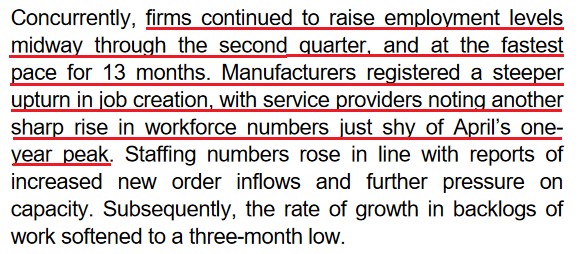
Source: S&P Global
The bottom line? The Fed remains materially behind the inflation curve, and nearly 70 years of history shows that the U.S. federal funds rate needs to rise above the annualized inflation rate to curb price pressures. Therefore, curing 8%+ inflation with a couple of rate hikes is unrealistic, and investors should learn this lesson the hard way over the medium term. As a result, more downside should confront the S&P 500 and the PMs over the next few months.
In conclusion, the PMs rallied on Jun. 1, as they sidestepped Wall Street’s negativity. However, the thesis remains unchanged: the U.S. 10-year real yield is still at 0.26% and needs to rise to calm inflation. Moreover, a hawkish Fed is bullish for the USD Index, and U.S. Treasury yields are also rallying once again. Therefore, the PMs should feel the fundamental heat this summer.
Thank you for reading our free analysis today. Please note that it is just a small fraction of today’s all-encompassing Gold & Silver Trading Alert. The latter includes multiple premium details such as the outline of our trading strategy as gold moves lower.
If you’d like to read those premium details, we have good news for you. As soon as you sign up for our free gold newsletter, you’ll get a free 7-day no-obligation trial access to our premium Gold & Silver Trading Alerts. It’s really free – sign up today.
Thank you.
Przemyslaw Radomski, CFA
Founder, Editor-in-chief
Sunshine Profits - Effective Investments through Diligence and Care
* * * * *
All essays, research and information found above represent analyses and opinions of Przemyslaw Radomski, CFA and Sunshine Profits' associates only. As such, it may prove wrong and be subject to change without notice. Opinions and analyses are based on data available to authors of respective essays at the time of writing. Although the information provided above is based on careful research and sources that are deemed to be accurate, Przemyslaw Radomski, CFA and his associates do not guarantee the accuracy or thoroughness of the data or information reported. The opinions published above are neither an offer nor a recommendation to purchase or sell any securities. Mr. Radomski is not a Registered Securities Advisor. By reading Przemyslaw Radomski's, CFA reports you fully agree that he will not be held responsible or liable for any decisions you make regarding any information provided in these reports. Investing, trading and speculation in any financial markets may involve high risk of loss. Przemyslaw Radomski, CFA, Sunshine Profits' employees and affiliates as well as members of their families may have a short or long position in any securities, including those mentioned in any of the reports or essays, and may make additional purchases and/or sales of those securities without notice.
********






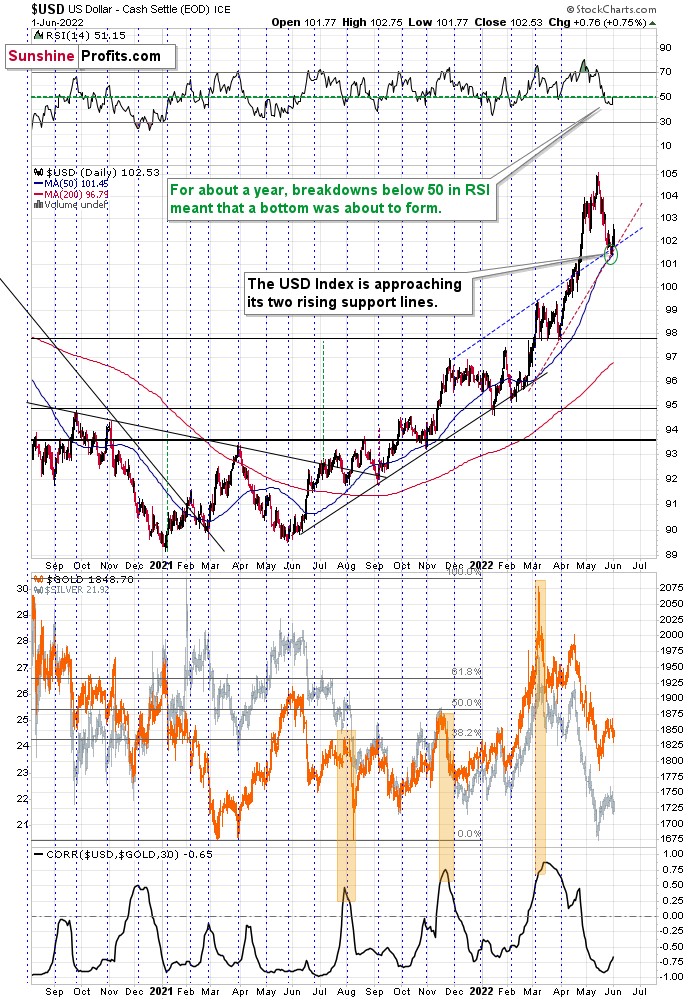

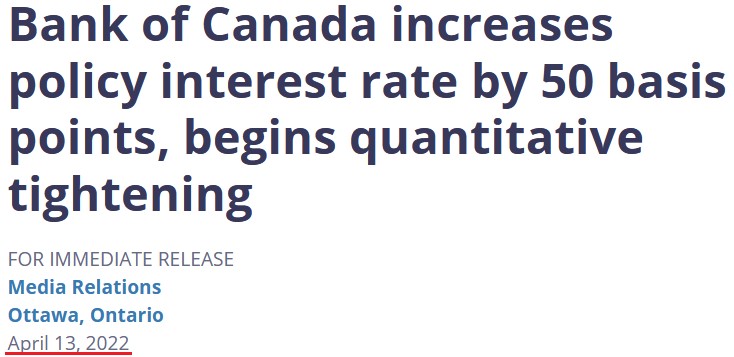
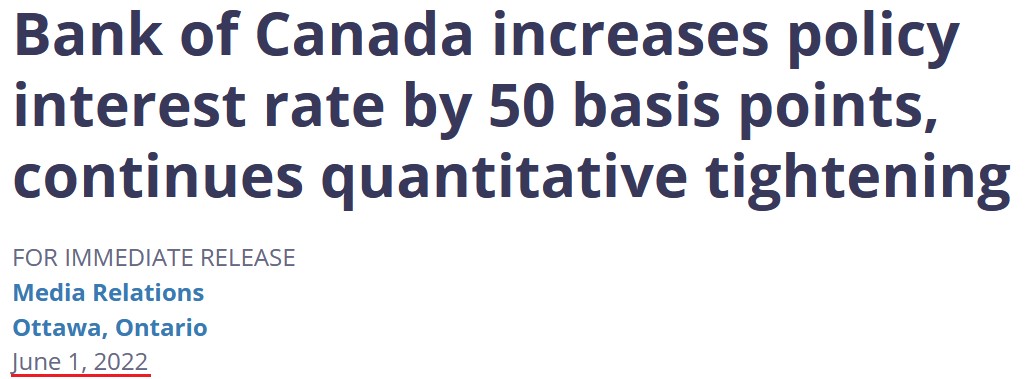



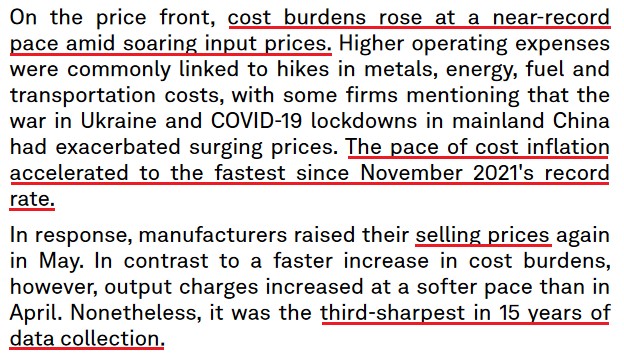

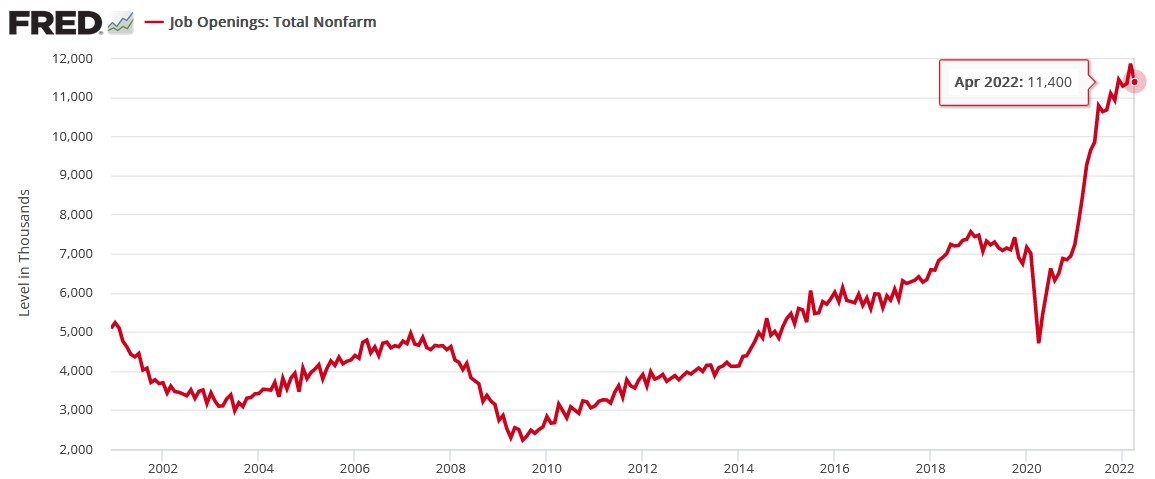
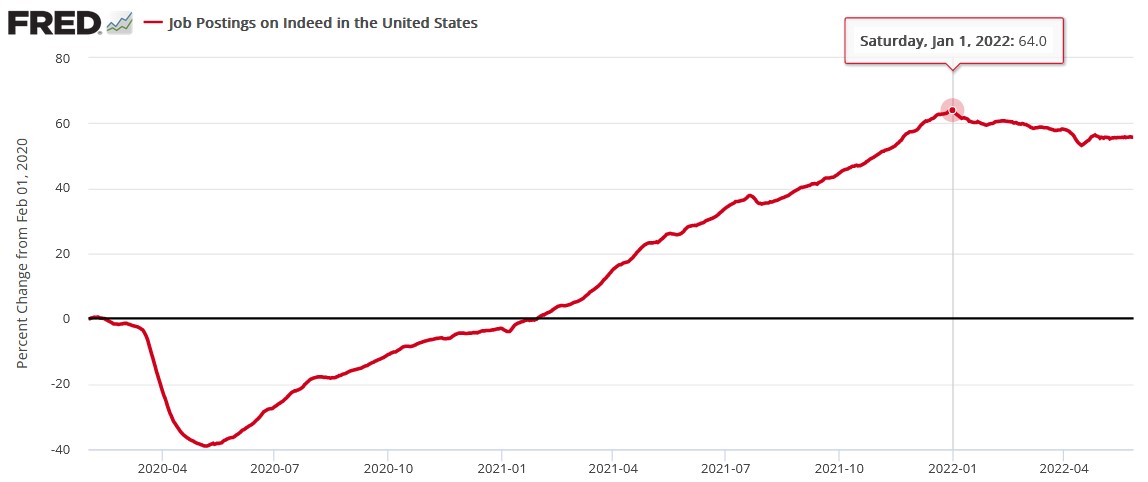
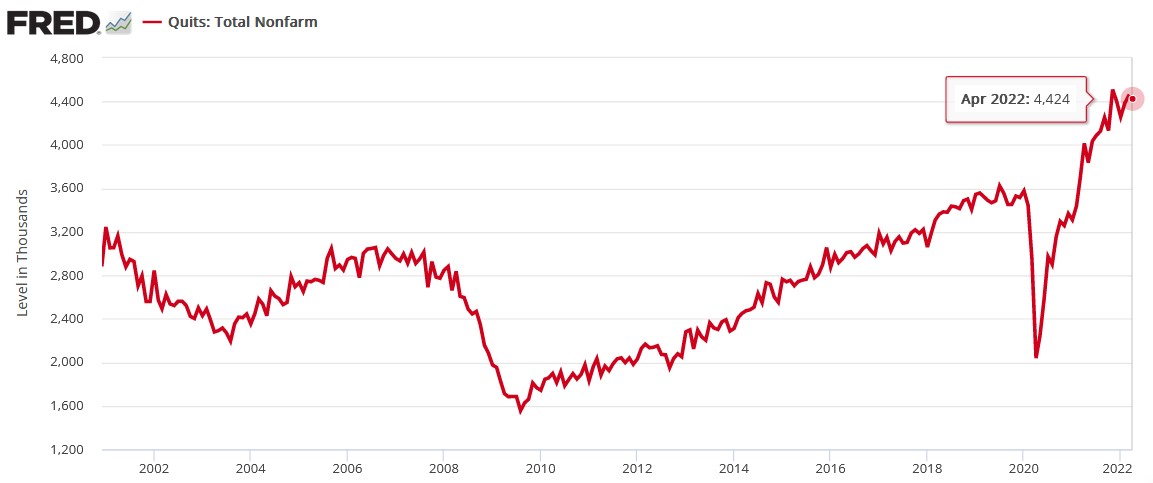
 Przemyslaw Radomski,
Przemyslaw Radomski,








